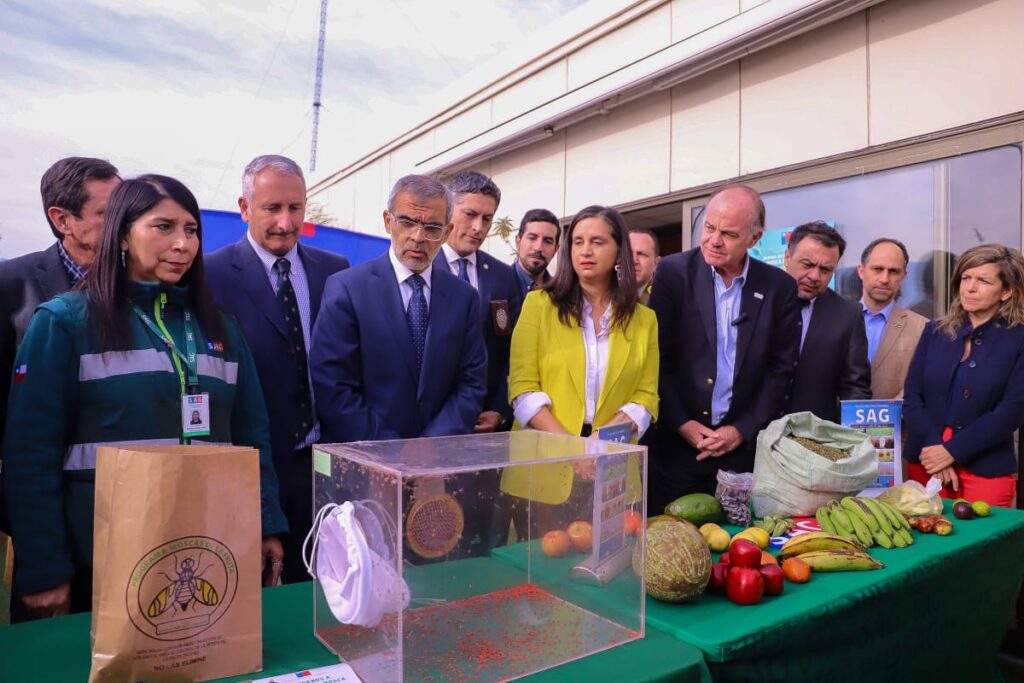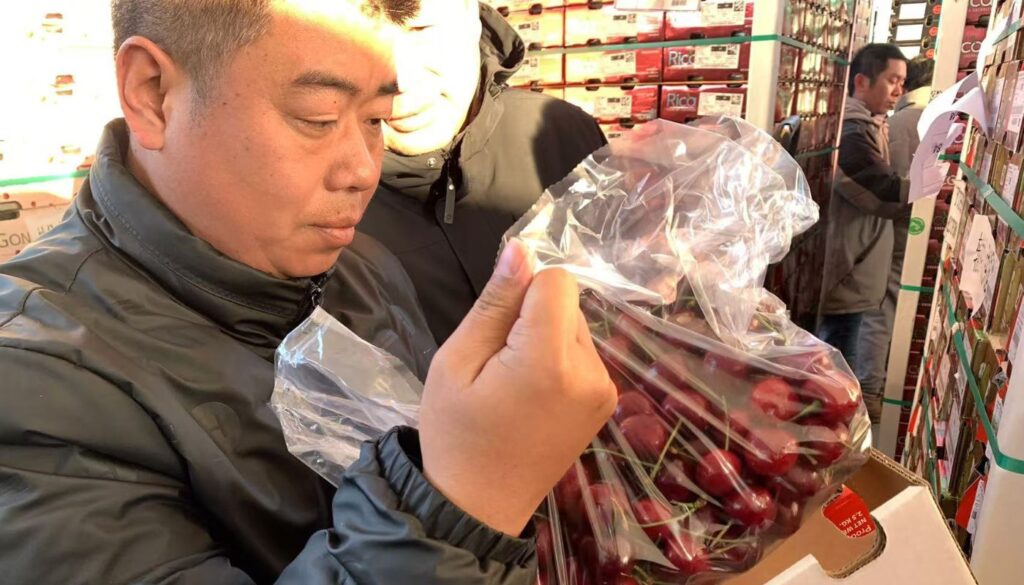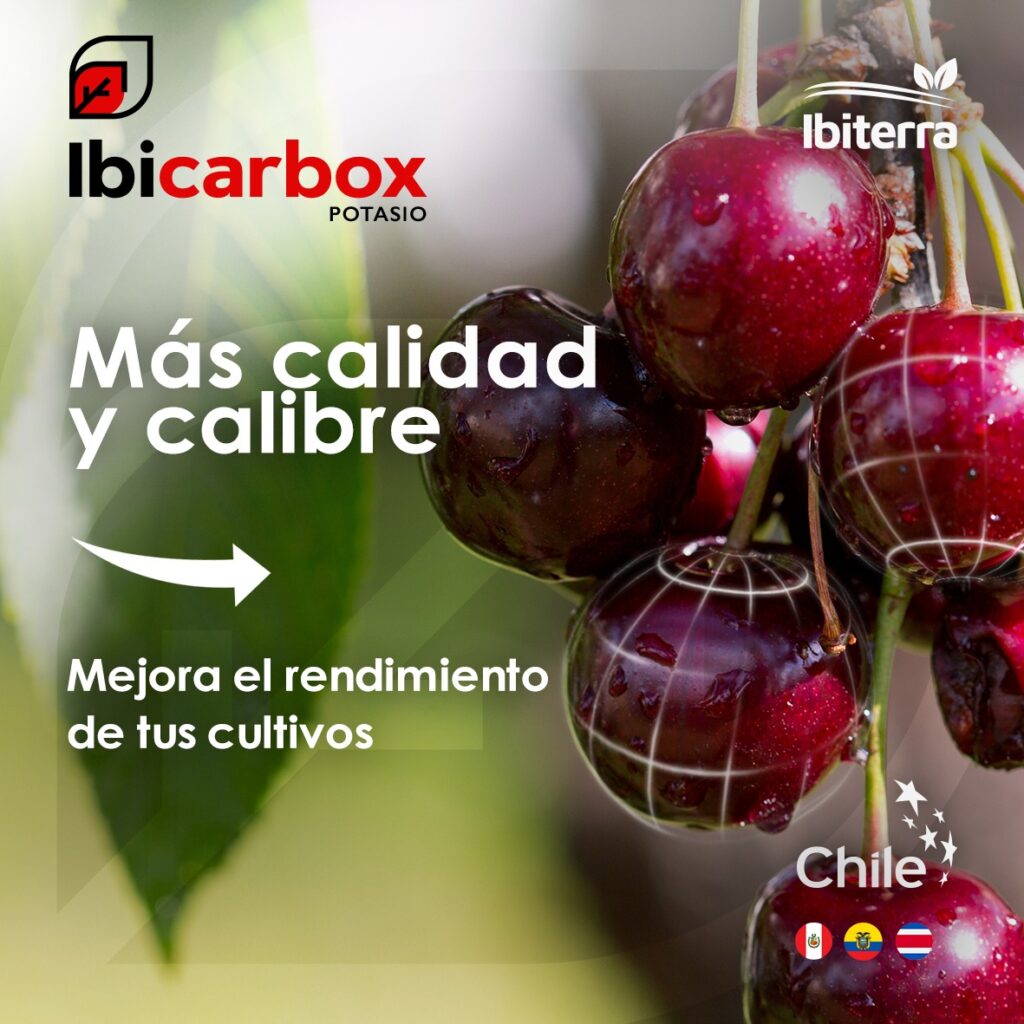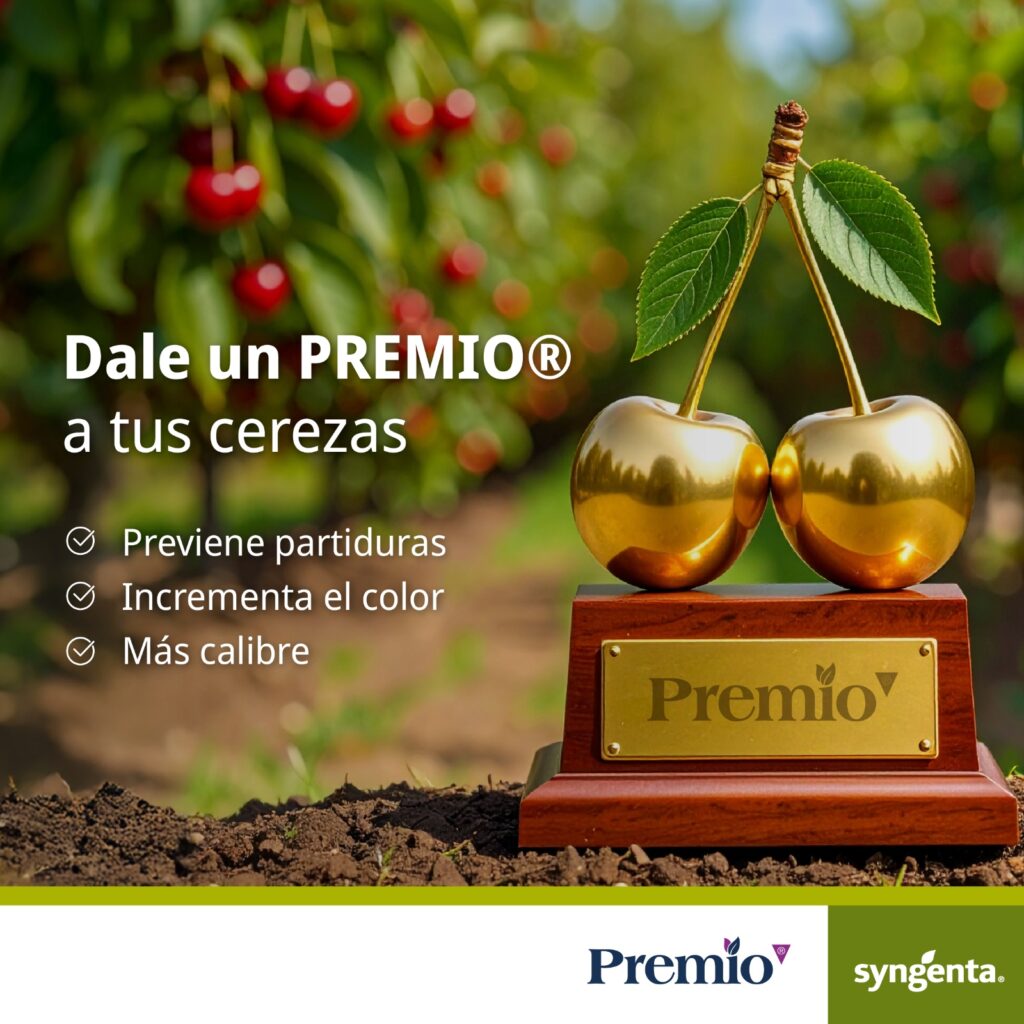
Twelve years ago, when we started with humidification technology, nobody knew much about it, and it is possible that they did not need it as much since the quality of cherries at the destination was not as important as it is now. There were fewer cherries on the market, which were quickly consumed when they reached their destination, meaning there was little supply of cherries and their quality attributes took a backseat. Today, the situation is very different, since Asian countries have become more and more demanding on quality, and the quantity of cherries on the Chinese market is so large that customers are always looking for the best.
So, to get a better condition of this fruit, we have to do different things in post-harvest that we have never done before; we have to think like cherries and not like people. When we think like people, we try to make post-harvest as easy as possible for ourselves, not to have them change the way we work, not to tell us that we have to change the type of truck, that we have to hire more tractors to get the cherry out of the field faster and assign as many harvesters to a supervisor, etc.
What we need to do is think of each post-harvest process as if we were the cherries and consider what they need to achieve the objective, not just what we need.
The main reasons why cherries reduce their shelf life are:
- Quality of the fruit (produced on the tree, not post-harvest).
- Respiration (which increases oxidation and consumption of reserves).
- Dehydration (causing water loss, browning of the pedicel and loss of firmness).
- Time (the less time elapses from harvest to consumption, the better the quality of the cherries).
There are many post-harvest problems that are asymptomatic, and we find it hard to believe that they are happening, so we don't give them much importance. That's why we need to use numbers to demonstrate the seriousness of what is happening even when we can't see the damage.
We need to figure out how to improve the four points mentioned above and then do an assessment of our current processes so we can implement improvements.










